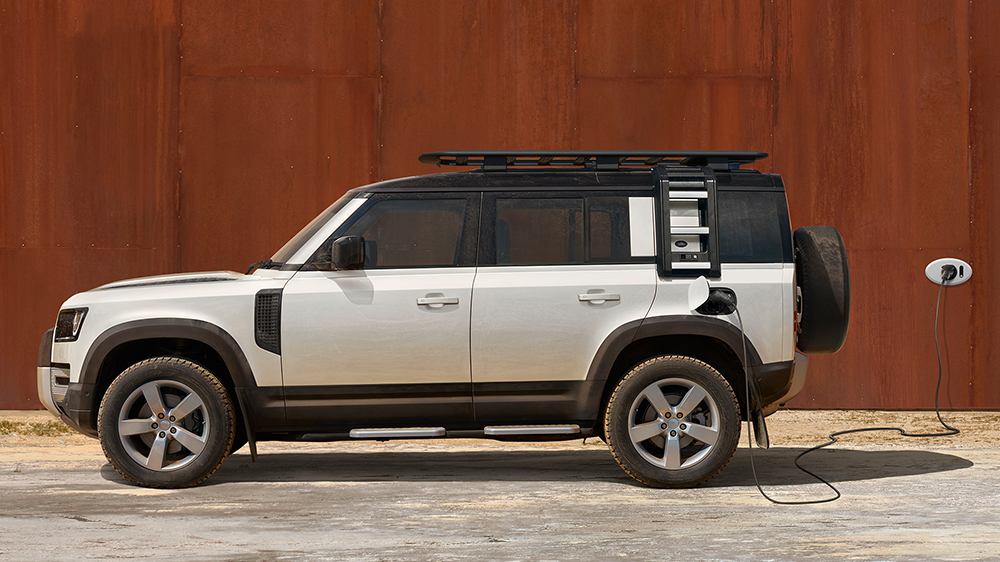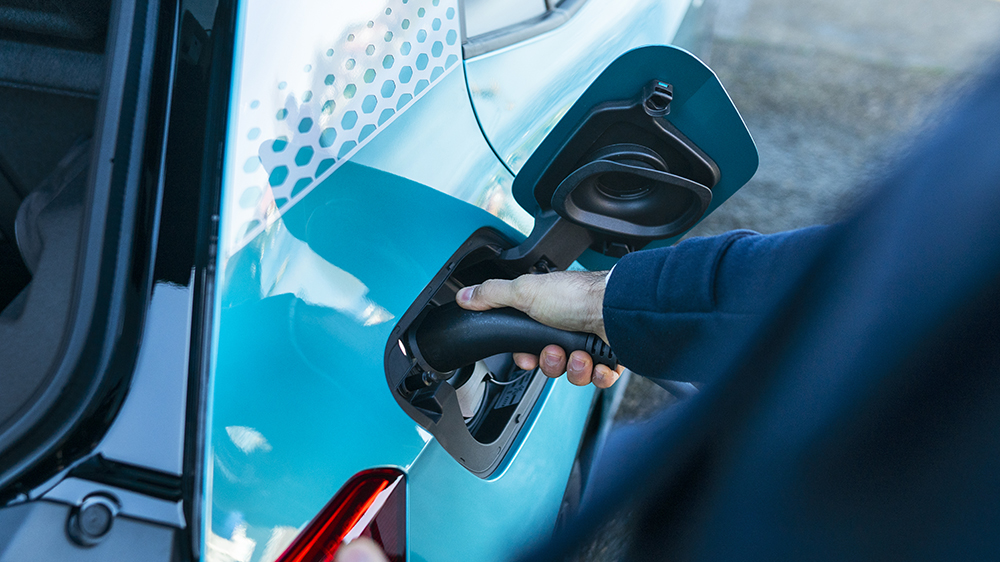Automotive Companies Invest Millions To Ensure That Batteries Have Performance, Reliability, Long Life And Can Be Used For Future Applications.
Batteries Are Designed To Last
The batteries used in EVs are usually lithium ion. The batteries complete cycles of discharge, when you are using the car, and charge, when it is plugged in. These cycles can age the battery just like a phone or laptop battery over time and reduce its overall capacity which affects the range.
Battery degradation is a natural process, the battery’s condition is called its state of health (SOH). A battery is manufactured with 100% SOH which decreases over time. For example, a 60 kWh battery that has 90% SOH would effectively act like a 54 kWh battery.
However due to the research and development automotive brands are investing into battery technology EVs are designed to still have a high capacity after years of use. The technology in EV batteries is much superior to other battery technology and are designed to last up to 2000 charge cycles.
EVs come with long battery warranties which guarantees the performance of the battery over the length of the warranty, giving consumers peace of mind. Most manufacturers guarantee that the battery will retain at least 70% capacity. All our brands offer at least seven years battery warranty.


Battery Health and Performance
There are a few ways to maintain battery health.
1) Minimise rapid charging – rapid charging is great for convenience but it is thought there is a link between battery degradation and charging speed, so when possible charge at home or using a slower charger. Although frequent use of a rapid charger should not be of too much concern as batteries are manufactured to avoid damaging themselves during charging.
2) Charge between 20-80% - keep the charge between 20 and 80%. This should provide enough range for daily life and is where the battery supports quickest charging so takes less time to charge which is more convenient.
3) Only charge fully for longer trips – It is best to not exceed 80% charge regularly so only charge fully when you plan to need the additional range. Most EVs have a function which can either let you know if there is enough charge to reach your destination or where to charge on route.
4) Take regular drives – to keep the motor and battery in operation as well as to keep components such as the climate control and tyres in working condition.
There are a range of factors which affect day to day battery performance such as charging time and range.
1. Charging unit – a unit with a higher rated kW will charge a car quicker, such as rapid public chargers.
2. The vehicle’s capabilities. If the power requires converting to DC this can take more time.
3. Battery capacity – the larger the batter, the longer it will take to charge.
4. External factors – such as: temperature (charging is slower in cold weather and range will decrease) and the percentage of battery charge. The final 20% of battery charging takes longer to protect the battery. The batteries used in cars are designed to last the lifetime of the car but manufacturers recommend regularly charging to 80% day to day to maintain battery health and charging to 100% for longer journeys.
5. Driving conditions – in colder and darker conditions more power will be used to heat the car and power the headlights therefore the range will decrease.
Battery Reuse and Recycle
Once a battery has reached a certain SoH percentage it may not be useable in an EV any longer but can be applied to other functions as a ‘second life’ battery. One of the main uses is in battery energy storage systems (BESS) which can use these second life batteries until they reach 50% SoH which can offer at least five years of use.
BESS allows energy from renewable sources such as wind, sun and water to be stored until it is needed. There are sites globally with a capacity of 230MWh which allows a huge amount of renewable energy to be stored and sites are planned in the future with over 6000MWh capacity.
BESS uses second-life batteries as they cost less than first-life alternatives which increases return on investment whilst also benefiting the environment by providing another use for EV batteries.
Eventually when a battery reaches 50% or less SoH its usability is low and at this point the battery can recycled. In this process the battery is deep-discharged which ensures all the electricity stored is removed to prevent waste and for safety. All components are removed and recycled and the internal parts are refined and ground down. The most important materials such as aluminium, copper, plastic, colbalt, lithium, nickel and manganese are all collected and reused in future batteries with no impact on performance.


